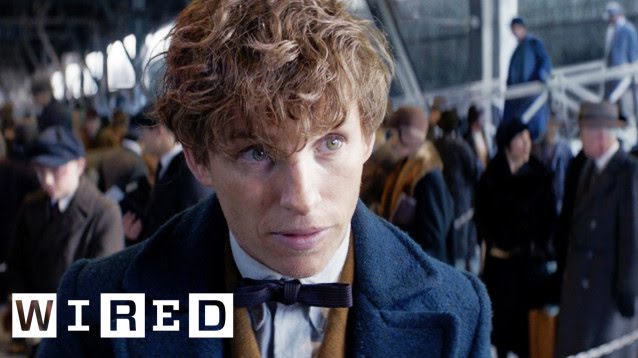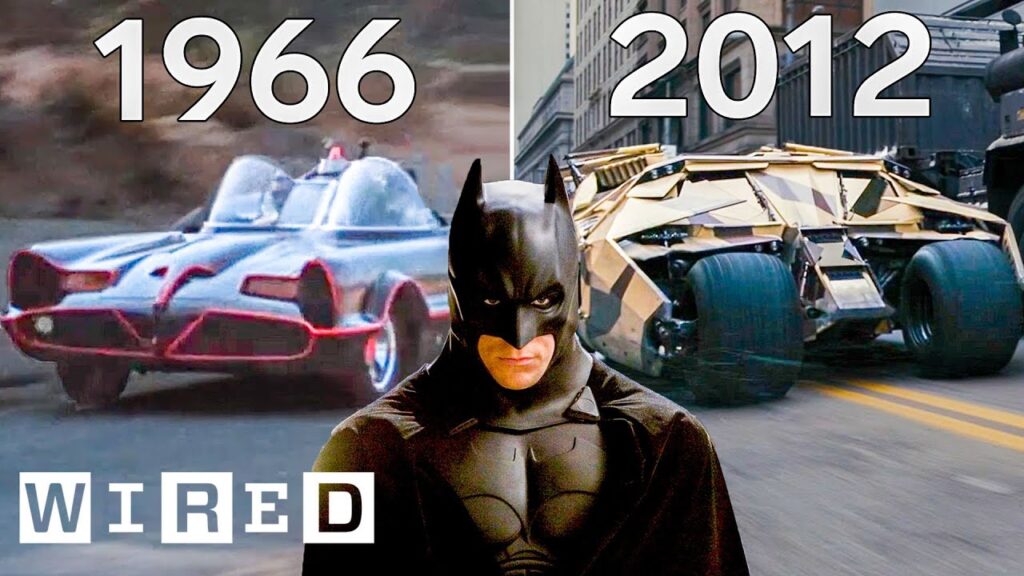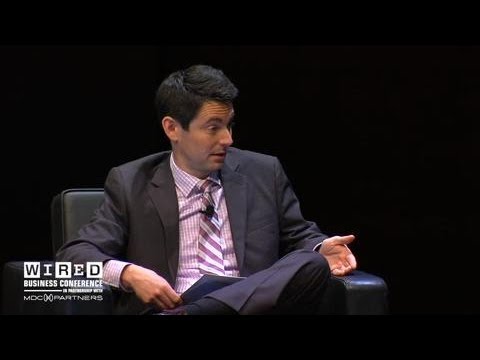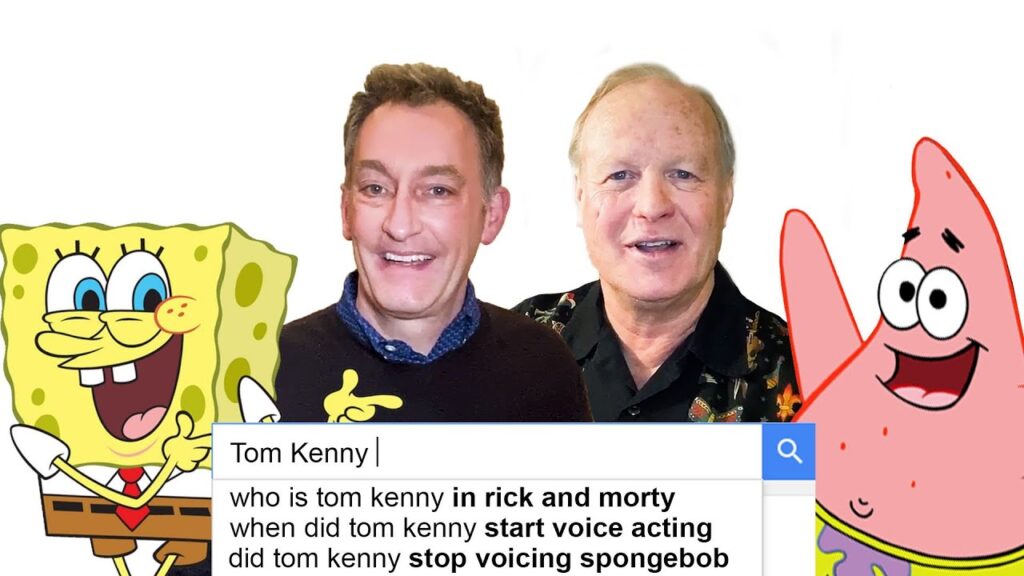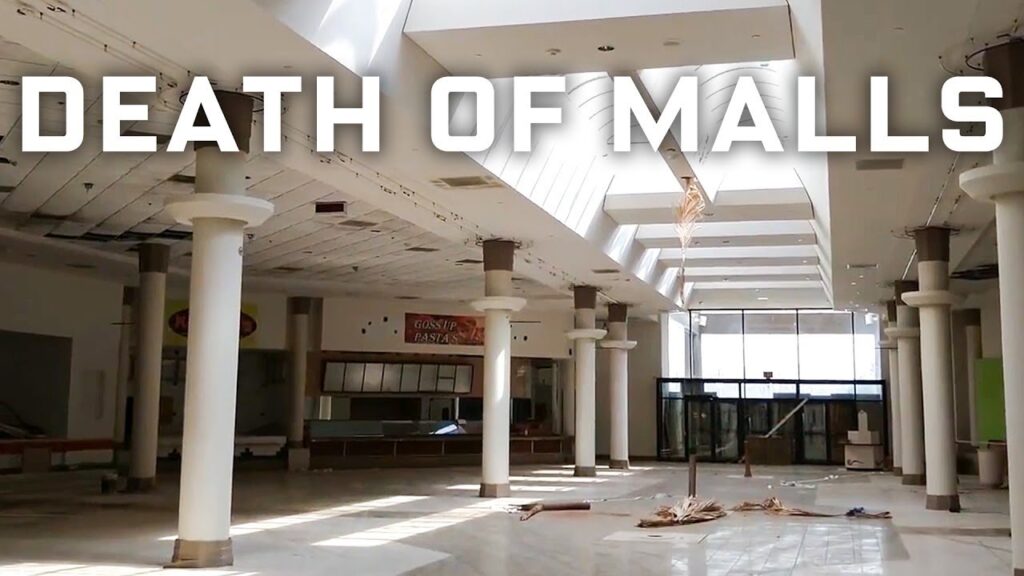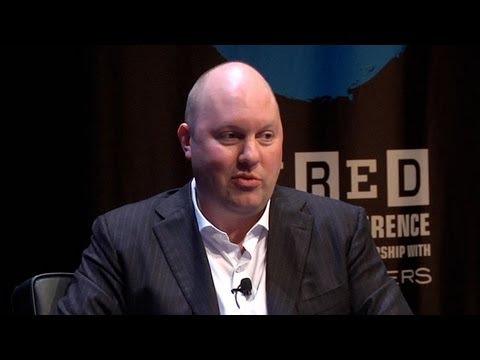How ILM Created Digital Human Characters for Rogue One
Summary
Industrial Light and Magic (ILM) produced the digital human characters for Rogue One with the help of a facial pipeline that started with design, actor scanning and followed by head-mounted cameras to capture the actor’s facial expressions. The team then used Snap Solver, which makes tiny movements to all parts of the digital face. Combining the actor’s performance and a model created from digital references and even plaster life casts from the mid-80s, ILM animators made a faithful reproduction of the characters as envisioned by the directors despite differences in lighting and shot styles.
Table of Contents
- The creation of Rogue One and ILM’s contribution
- The facial pipeline for Teenage Mutant Ninja Turtles and Warcraft
- How the facial pipeline for Rogue One works
- Peter Cushing’s plaster life cast as Tarkin’s reference
- Tarping with Peter’s original performance
- Using modern techniques for shooting Rogue One
- Conclusion
The creation of Rogue One and ILM’s contribution
Mike Samuel of FXGuide.com sat down with the ILM team to discuss the making of Rogue One and its digital human characters. Rogue One was inspired by John Nol, a member of the ILM team, who was given the opportunity to push visual effects boundaries. Rogue One is a contender for the Best Visual Effects award, but ILM has already won recognition from the Academy regarding their contribution to the craft.
The facial pipeline for Teenage Mutant Ninja Turtles and Warcraft
Kieran Bart, Michael Koppervaas, Brian Cantwell, and Paige Warne were responsible for the creation of ILM’s facial pipeline. The facial pipeline for creating digital human characters began with the challenging work on the faces of the Teenage Mutant Ninja Turtles. This big character film tested the limits of the team’s capabilities. When they were given Warcraft to work on, another team had to be formed for the task. Finally, the two teams came together to produce the new Star Wars film.
How the facial pipeline for Rogue One works
The facial pipeline for Rogue One starts with designing the character and the actor that will bring it to life. The actor must be scanned in two different ways to produce a model of their skin that can react naturally under different lighting conditions. The team uses a light stage to capture a high-resolution image of the actor’s skin and its reaction to various lighting scenarios. Another scan happens on a Medusa rig, which produces digital expressions by adding, subtracting, or combining scans from the Fez library. When the actor is finally on-set, head-mounted cameras capture their every facial nuance. These cameras move naturally with the actor’s motion, thanks to a breakthrough from the Teenage Mutant Ninja Turtle team, which allowed the computer to match the on-screen performance with what the actor did in the Medusa rig. The Snap Solver then subtly adjusts the digital face to match the actor’s performance.
Peter Cushing’s plaster life cast as Tarkin’s reference
Peter Cushing’s plaster life cast was essential to creating a digital Tarkin as envisioned by the directors. Together with digital references, ILM produced a model that looks and feels like the original character, even though it was digitally lit and rendered and completely synthetic.
Tarping with Peter’s original performance
Despite using the digital reference from Guy Henry’s on-set performance, animators still had to inject Peter’s interpretation to deliver Tarkin’s performance in Rogue One.
Using modern techniques for shooting Rogue One
Gareth Edwards, the director of Rogue One, used modern techniques when filming the movie. This meant ILM had to produce a digital Tarkin that looks and feels like the original character, even though it was lit differently and the shots were radically different.
Conclusion
ILM’s facial pipeline brought Rogue One’s digital human characters to life, making them as faithful to the original characters as possible despite the differences in lighting and shot styles. The team demonstrated remarkable skills, which earned them a Sci-Tech award from the Academy. Rogue One exemplifies the prowess and craft that ILM can deliver even when producing such iconic franchises as Star Wars.

